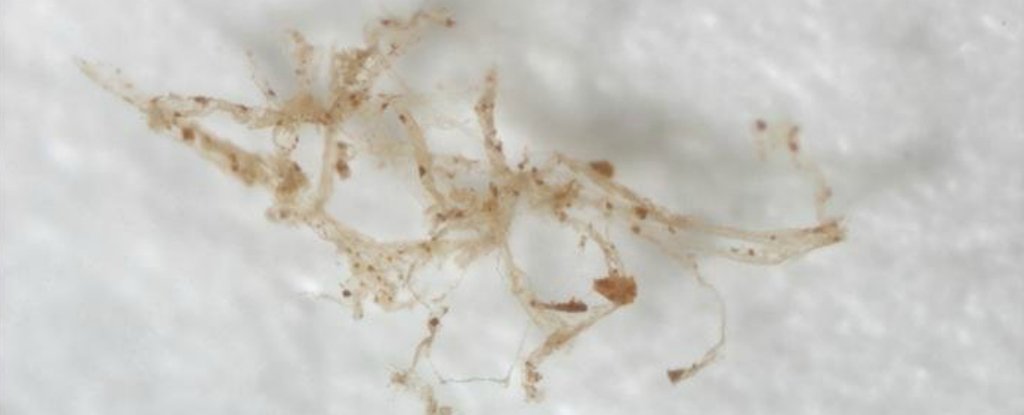
BLOOD VESSEL FIND
Molecular palaeontologist Tim Cleland was still a graduate student when he found blood vessels in a demineralised piece of leg bone from a Brachylophosaurus canadensis, a nine-meter long hadrosaur that roamed Montana some 80 million years ago. When the blood vessels were first spotted, scientists were skeptical as to how the fragile structure could be preserved for millions of years, and whether they were actually real and belonged to the dinosaur in the first place.
Cleland, now a researcher at the University of Texas at Austin, together with his team, have since been able to identify several distinct proteins trapped inside the vessels. One of those is the myosin, a protein found in the smooth muscles that make up the walls of blood vessels.
CONFIRMED
To confirm that what they had did, in fact, belong to a dinosaur, the team compared the proteins in the fossilized blood vessels to those found in chickens and ostriches which are relatives of dinosaurs. The peptide sequences in both the ancient and modern samples matched those found in the blood vessels.
“This study is the first direct analysis of blood vessels from an extinct organism, and provides us with an opportunity to understand what kinds of proteins and tissues can persist and how they change during fossilization,” said Cleland in the press release. “This will provide new avenues for pursuing questions regarding the evolutionary relationships of extinct organisms, and will identify significant protein modifications and when they might have arisen in these lineages.”
Cleland used a process known as high resolution mass spectrometry to identify the ancient proteins. This involves bombarding a sample with electrons in order to visualize its structure. The procedure can now be used to understand more about the proteins in a range of fossilized material.
One of the researchers, Mary Schweitzer, a molecular palaeontologist from North Carolina State University, also said in the press release: “Part of the value of this research is that it gives us insight into how proteins can modify and change over 80 million years. It tells us not only about how tissues preserve over time, but gives us the possibility of looking at how these animals adapted to their environment while they were alive.”